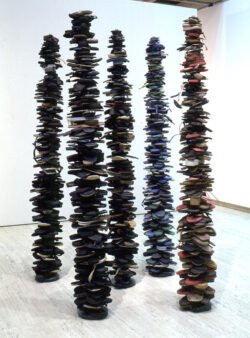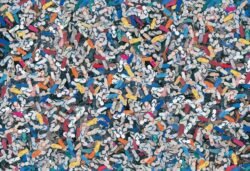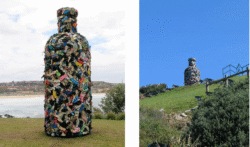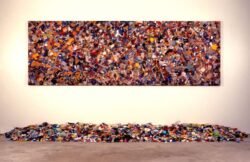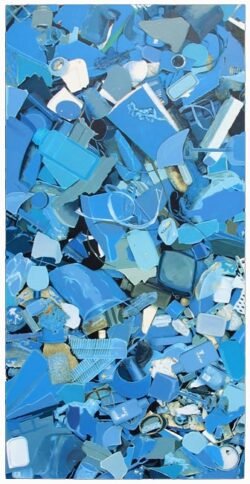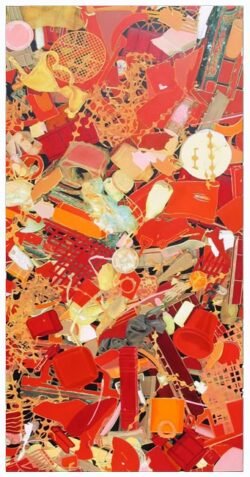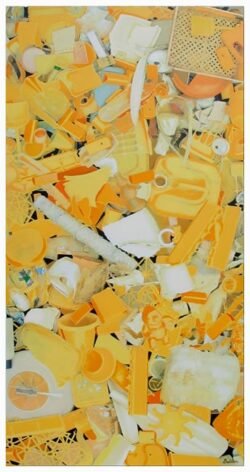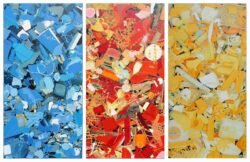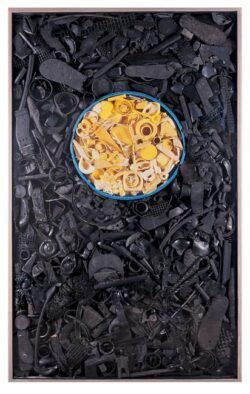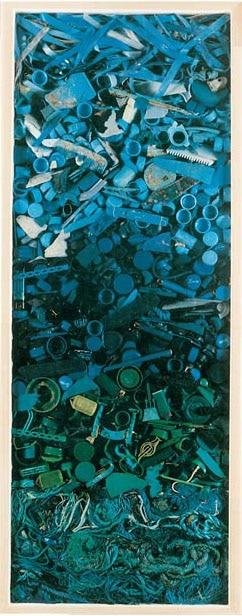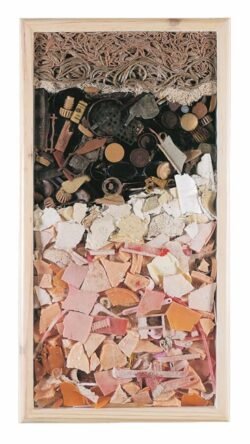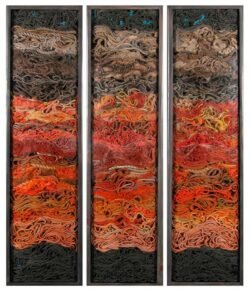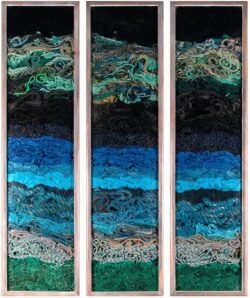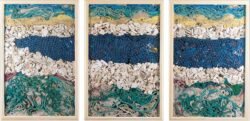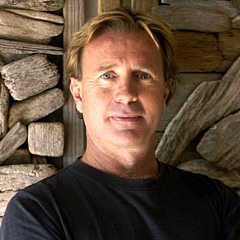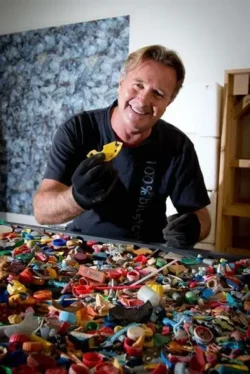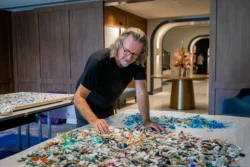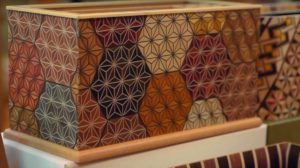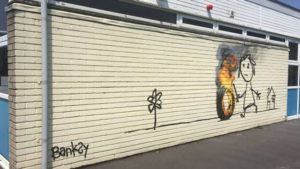
Environmental Art & the Vision of John Dahlsen
Environmental art is a genre that transforms or interacts with physical space, often immersing viewers within the work itself. While architecture and landscape design may technically qualify, environmental art typically refers to installations or earthworks that prioritize artistic expression over functional design. In the 1960s and ’70s, artists like Edward Kienholz and Lucas Samaras, both linked to American Pop Art, created immersive tableaus known as “environments.” Many large-scale earthworks also fall under this category, blurring the line between nature and human intervention.
One of the most compelling voices in contemporary environmental art is John Dahlsen, an Australian artist whose work bridges sculpture, installation, and ecological commentary. Educated at the Victorian College of the Arts and the Melbourne College of Advanced Education, Dahlsen majored in Sculpture, Assemblage, Installation, Public Art, Painting, and Drawing, with minors in Photography and Printmaking. His multidisciplinary background laid the foundation for a career defined by innovation and environmental consciousness.
Art from the Shoreline
For over two decades, Dahlsen has exhibited widely across Australia and internationally, including solo shows in Melbourne and a recent exhibition at the Australian Embassy in Washington, D.C. His upcoming participation in the Florence Biennale of Contemporary Art further cements his global presence.
Dahlsen’s signature works often feature totem-like sculptures crafted from found objects—Coke bottles, buoys, flip-flops, driftwood, rope, and plastic debris—all collected from Australian beaches. Through careful manipulation, he transforms these disparate materials into cohesive, thought-provoking installations that speak to both environmental degradation and creative renewal.
Recognition & Influence
Dahlsen’s work is held in major public and private collections across Australia, Europe, the United States, and Japan. He has been featured in numerous group exhibitions, including a long-running show at Sydney’s Powerhouse Museum and a recent group exhibition in New York. His art has been the subject of critical reviews, magazine features, and frequent interviews on radio and television.
In reflecting on his artistic journey, Dahlsen credits early exposure to international art as a turning point. A visit to the Tate Gallery in London in 1981, where he encountered the deeply emotive paintings of Mark Rothko, left a lasting impression. “It was the sincerity and purity from within his paintings that moved me,” Dahlsen recalled, describing the experience as profoundly transformative.
A Shift in Medium
In 1997, a chance encounter with ocean debris on a remote Victorian coastline shifted Dahlsen’s focus from painting to found-object art. Initially collecting driftwood to build furniture, he was struck by the abundance of plastic waste and the visual potential it held. The weathered textures and unexpected colors became a new palette—one shaped by nature and time.
Art as Spiritual Practice
Dahlsen views his art as a reflection of his inner life and spiritual path. “Over the past 20 years I have tried to maintain a pure commitment to contemporary art practice,” he explains. “What happens with my art generally runs parallel to my life… When I sense that I am becoming too comfortable in what I am doing, I will consciously move on to something new.”
This philosophy of constant evolution keeps Dahlsen’s work fresh, relevant, and deeply personal. His art not only challenges viewers to reconsider their relationship with the environment—it invites them to see beauty in the discarded, meaning in the overlooked, and transformation in the everyday.
I chose this artist for his imagination and usefulness of his art. His sculptures spoke to me as Rothko's paintings did to Dahlsen years ago. In my own art, I also try to recycle old, misused objects and furniture and change them into something newer, even more beautiful. It is seeing something in a different way, seeing how it can be used in a completely different way and that is what provokes intensity in me. I use Dahlsen's art to inspire me to go beyond myself and create something useful, something wonderful.
